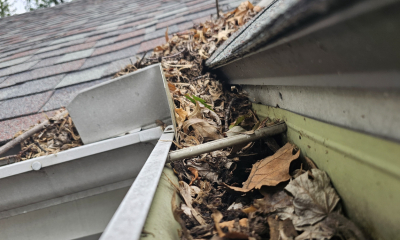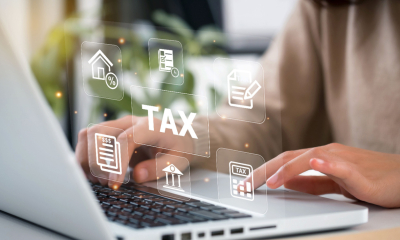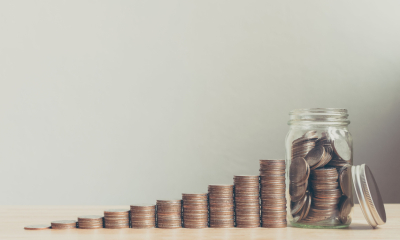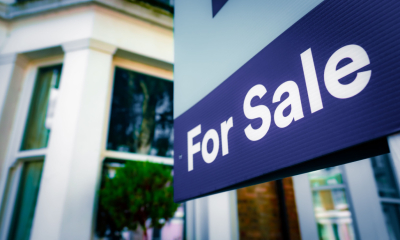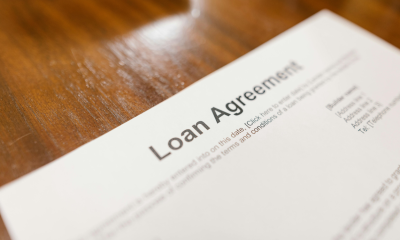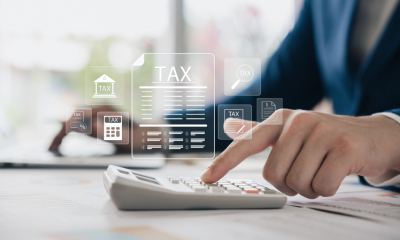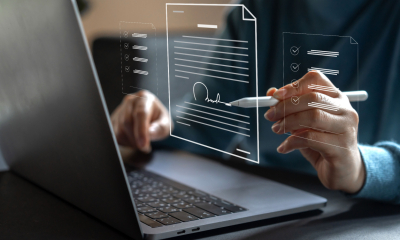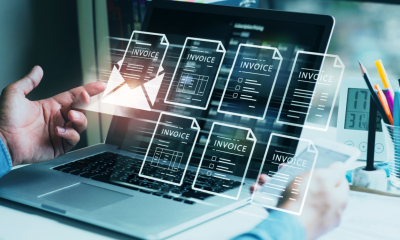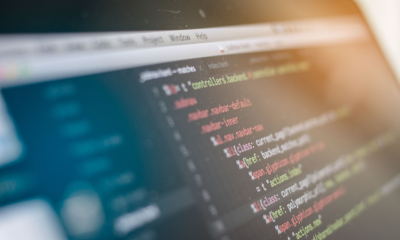FREE START-UP GUIDE AND EMAIL TIPS
 SIGN UP
SIGN UP
MORE DONUTS:
Free finance guides and tools for small businesses
Making Tax Digital is transforming the UK tax system. Tax records and reporting are being digitised. Under Making Tax Digital, sole traders, landlords and VAT-registered businesses will have to use MTD-compliant software to keep records, report income and expenses and pay their taxes.
Get the finance you need to start or grow your business and sources of start-up finance.
Also in this topic
Create a budget, manage your cash flow and costs and comply with statutory accounting requirements.
Also in this topic
Banking options and requirements for small businesses - bank accounts, credit cards and mortgages.
Also in this topic
Insurance advice for small businesses. From identifying the insurance coverage you need to how to minimise risks and make an insurance claim.
Also in this topic
Tax rates, thresholds and filing requirements including VAT, NI, CGT, property taxes and capital gains.
Also in this topic
Money blog
Latest blogs
Seven ways to reduce your tax bill as a tradesperson
Date: 11 September 2025
By: Mike Parkes, GoSimpleTax
How to get your rental property ready for winter
Date: 27 August 2025
By: Mike Parkes, GoSimpleTax
Six steps to getting ready for MTD for income tax
Date: 13 August 2025
By: Mike Parkes, GoSimpleTax
Show blogs by topic:
How AI helps you invest smarter
When you invest your hard-earned cash, your capital is at risk. What if AI could help you make smarter investment decisions? Discover how Lightyear AI is changing the game, helping you to manage your portfolio.
Date: 13 August 2025 By: Lightyear
Make your side hustle count - turning a passion project into a profitable business
Are you earning a second income from a side hustle? Here's how to make sure you can take payments quickly and securely no matter where and how you're selling.
Date: 11 August 2025 By: SumUp
Five alternatives to cash savings accounts
What should you do with your space cash if you're looking to make it work for you? Discover five options, with various levels of risk, that could boost your funds.
Date: 17 July 2025 By: Paula Susana Herrmann, Lightyear
What you need to know about cryptocurrency payment solutions
Discover why crypto-powered payments are becoming popular, what benefits they can provide, and why you should include these options within your point-of-sale platform.
Date: 10 July 2025 By: Ben Reichert
Fast refunds without a bank account
When things go wrong, customers expect a fast, fuss-free refund process. It's now possible to offer instant refunds direct to a payment card without the need for bank account details. This blog explains how.
Date: 4 July 2025 By: Guest post
Two thirds of landlords plan to sell
New research has revealed that seven in ten landlords are planning to sell at least one property in the next 12 months due to a number of changes that make renting less attractive.
Date: 3 July 2025 By: Mike Parkes, GoSimpleTax
Why UK SMEs are turning to AI for faster business funding
54% of UK small businesses struggle with cash flow issues, and traditional bank lending has become tougher than ever. Here's how AI is revolutionising how SMEs access funding, making it faster and simpler, and less risky.
Date: 3 July 2025 By: Compare My Funding
Why you might need a smart budgeting app
Struggling to manage your finances? There's an app for that. Discover how Emma can help you manage your multiple financial lives in one simple app.
Date: 2 July 2025 By: Guest post
Protect your small business from the impact of tariffs
Trade tariffs have been in the news lately. But what are trade tariffs, how do they affect small businesses, and how can you minimise their impact? Airwallex answers your questions.
Date: 19 June 2025 By: Made possible by Airwallex
It's summer - get your self assessment tax return sorted
Just because the self assessment tax return filing deadline is not for months, there are plenty of good reasons for getting it submitted now.
Date: 18 June 2025 By: Mike Parkes, GoSimpleTax
Payments on account: what you need to know
Although you only submit a self assessment tax return once a year, income tax is not paid in a lump sum. You will make payments on account. Learn more about payments on account in this blog..
Date: 10 June 2025 By: Mike Parkes, GoSimpleTax
Mastering vehicle financing as a small business owner
Deciding how to finance your small business vehicles is a minefield. Getting it wrong can have a massive impact on your business' finances. This blog explores your options.
Date: 10 June 2025 By: Guest post
Bootstrapping vs fundraising: Which path is right for you?
To grow your business, you will need access to funding. But should you bootstrap your way to success, or could fundraising turbo-charge your growth? This blog looks at your options.
Date: 2 June 2025 By: ThatRound
What it costs to build a mobile app in the UK in 2025
The rise of the smartphone has made mobile apps essential for many businesses these days. But what can you expect it to cost? We look at the typical costs for building a mobile app in the UK.
Date: 15 May 2025 By: Thomas Wayne, Limeup
Scaling with a unified payment platform
Unified payment processing can help your business as you scale by eliminating manual processes and streamlining payments. Discover the benefits of implementing a unified payment platform.
Date: 2 May 2025 By: RankCastle
Fintech software development agencies’ role in financial services
Traditional financial services are being shaken to their core by fintech. Discover how fintech software development agencies are driving change.
Date: 28 April 2025 By: Redhead Digital Agency
The future of small business finance: embracing digital evolution
Digital adoption will present meaningful opportunities for small businesses, and adoption will become an increasing necessity. We look at the future of business finances.
Date: 23 April 2025 By: Soprano
What does the * mean?
If a link has a * this means it is an affiliate link. To find out more, see our FAQs.

